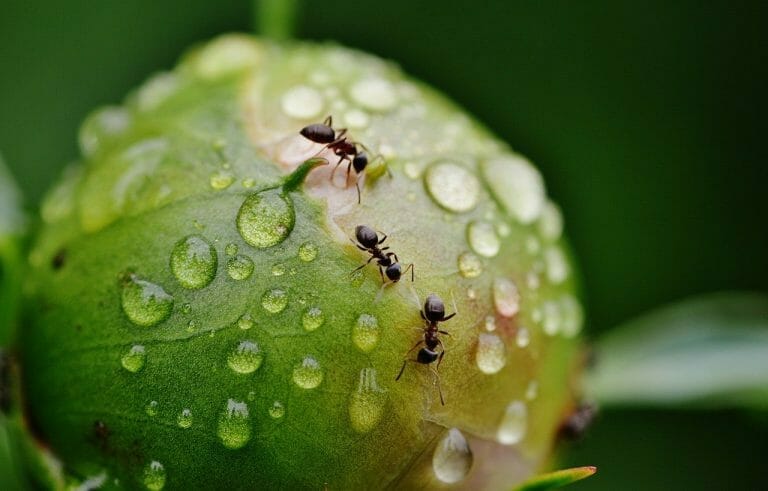This article is from Irish Tech News.
As inhabitants of Earth, we face waste and climate crises. As a species, we are responsible for these crises. As adaptable human beings and innovators, we can change our habits and develop solutions to achieve the aim of the Paris Agreement, and the UN Sustainable Development Goals (SDGs). Everyone has a part to play. In evaluating our daily habits and activities, and changing those that compound the waste and climate crises, we can reduce our impact on the ecosystems upon which we are so heavily reliant. Having the conversation with our families, colleagues and employers increases awareness and opportunity; challenging local and national government representatives to act, engenders accountability.
Technology also has a role to play. Technology has grown at a phenomenal rate over recent decades, continuously innovating and findings ways to improve on processing power, data management and utilisation, connecting people and improving lives. Significant advances have been made across all sectors as a result.
With this rapid growth and advancement, the Internet of Things (IoT) came to fruition – interconnected devices communicating with the internet. The number of worldwide connected devices is expected to grow considerably this decade. This creates an incredible opportunity to harness IoT technology to help achieve the 2030 Agenda for Sustainable Development.
The World Economic Forum highlight how most current IoT projects can contribute to achieving the SDGs. They point to research conducted by IoT Analytics of over 640 IoT projects. 75% of the projects in the study contribute to SDGs that relate to commercial and industrial applications. If sustainability is included in the design, the number of SDGs addressed by projects can potentially increase.
The Triple Layered Business Model Canvas could help identify the environmental and social impacts and benefits of the project. This canvas includes an Environmental Life Cycle Business Model Canvas and a Social Stakeholder Business Model Canvas, in addition to Alexander Osterwalder’s Economic Business Model Canvas.
We have seen huge interest and strides in smart home applications and smart city applications. Another sector that is contributing smart solutions is AgTech. We rely on agriculture for our food and applying solutions to this sector is assisting in monitoring crops, livestock, pollinators, and water and energy use. This enables the sector to reduce reliance on pesticides and other methods of disease and pest control that are known to be harmful to ecosystems and biodiversity, enables reduced resource usage and reduces cost. Applying solutions in this sector contributes to SDGs that relate to Poverty, Hunger, Climate Action, Life On Land and Life Below Water.
Partnerships will be a big enabler going forward, where Business-to-Business and NGO-to-Business, and other partnerships, can complement each other and fill gaps to realise an innovative solution. Innovation in Clean Water and Sanitation aims to reduce disease and mortality rates where people do not have access to clean water or adequate sanitation. The Bill and Melinda Gates Foundation are encouraging and supporting innovation here.
Millennials and Generation Z have different values and seek a work-life where they can contribute toward a higher purpose. Generation Z have experienced continuous access to the internet and their relationship with technology has been described as instinctual. Organisations with strong environmental and social values will prove successful in hiring and retaining Millennial and Generation Z employees.
By 2025, IoT’s economic impact has the potential to reach $11.1 trillion. Organisations may already have solutions, or solutions that incorporate a technological advancement that could propel progress toward achieving the 2030 agenda for Sustainable Development.
Have that conversation.
By Louis Page, who is a Software Engineer and student of an MBA in Sustainability Management. Louis has worked in Telecom, IoT and Cybersecurity domains, and is passionate about how technology can benefit the natural environment and society. Follow him on LinkedIn and Twitter.

